Regulators block Duchenne muscular dystrophy treatment after fatal side-effects outweigh questionable efficacy
US-based Sarepta Therapeutics is in turmoil after revealing that three patients taking its gene therapies have died this year. The deaths drove the US Food and Drug Administration (FDA) to ask Sarepta to halt shipments of Elevidys (delandistrogene moxeparvovec), which targets Duchenne muscular dystrophy (DMD). Despite initially refusing, Sarepta complied, before the FDA said that it could begin shipments again, but only to patients who are still able to walk.
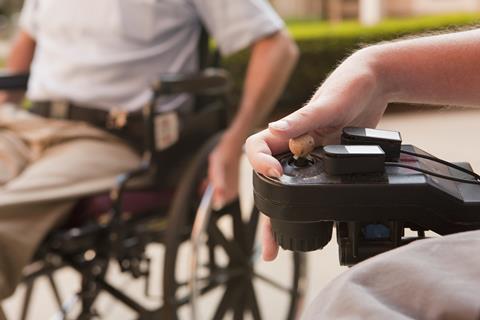
The FDA has placed Sarepta’s gene therapy clinical trials on pause and will consider further regulatory restrictions if required. It has also revoked the underlying adeno-associated virus (AAV) gene delivery technology’s platform-therapy designation, which speeds up reviews of subsequent AAV-based therapies.
In Europe, Elevidys had not yet received regulatory approval. After the three deaths, the European Medicines Agency’s advisory panel has recommended against authorising the treatment. Roche, which markets Elevidys outside the US, paused shipments to countries that defer to the US FDA for local approval, including several states in the Middle East. In Brazil and Japan, where Elevidys has been independently approved, Roche said shipments would continue while regulators are considering their own responses.
Doug Ingram, Sarepta’s chief executive officer, said it ‘will continue to drive performance of Elevidys’ and its established oligonucleotide treatments for rare diseases such as DMD. Yet the company is reducing its workforce by approximately 500 staff, or 36%, after the company rapidly changed its priorities. Its new focus will be short interfering RNA therapies. This hasn’t convinced angry investors, however, with Sarepta’s share price now below $20, having historically traded above $120.
Cavalier approach
This drama arguably began in March 2025, when Sarepta disclosed that a teenage patient receiving Elevidys had died of acute liver failure, followed by a second in June. Then, in July, Sarepta disclosed another liver failure death, of a 51-year-old limb-girdle muscular dystrophy (LGMD) patient in a phase 1 clinical trial for its investigational AAV gene therapy SRP‑9004.
However, the FDA’s approvals of all Sarepta’s therapies have been controversial, as many scientists question the evidence that they are effective. FDA reviewers themselves had found evidence of Elevidys’ efficacy wanting. In June 2024, Peter Marks, then head of the Center for Biologics Evaluation and Research, overruled them. Washington, DC-based biotech and health-tech entrepreneur and investor Usama Malik says he’s ‘still aghast’ at the ‘cavalier approach to approving the drug’.
Patient demand is a factor in such controversial approvals, thanks to the traumatic nature of many rare diseases. In DMD patients, for example, mutations stop patients producing the key muscular protein dystrophin. They die through progressive paralysis as their muscles fail one-by-one, until finally their lungs and heart stop working. As such, patients are willing to accept significant risk.
Fixing the genetic causes of these diseases is challenging, but treatments have come to market over the last decade. Initially, Sarepta’s oligonucleotide treatments targeted the protein production process, enabling it to continue making small amounts of shortened dystrophin. Patients need to take these treatments for the rest of their lives, with costs ranging to over $1 million (£800,000) per year.
Elevidys claims to achieve a similar protein production outcome by infecting muscle cells with viruses that deliver genes. Sarepta intends that this means patients only ever take one dose. A dose of Elevidys costs around $3 million, ultimately cheaper over a patient’s life.
When is death an acceptable risk?
Deaths have been a critical issue as scientists developed gene therapy. Early experimental treatments failed due to fatal immune responses to adenoviruses used to deliver the therapeutic genes. Researchers therefore adopted AAV as it provokes a milder immune response, with deaths unusual but not unheard-of.
Scientists recognise liver toxicity as a serious adverse effect of AAV gene therapy, correlating with the size of the dose given. Around one in three of patients taking perhaps the leading AAV gene therapy, Zolgensma (onasemnogene abeparvovec), marketed by Novartis, experience one liver toxicity event.
At least two people have died after taking Zolgensma, which treats spinal muscular atrophy. However, the drug remains available. It apparently has strong evidence for its efficacy, though there were concerns shortly after FDA approved it that Novartis knew that the data used for review had been improperly manipulated. Following the deaths, regulators now require that this risk appear prominently on information supplied with the drug. The FDA has now specified the same for Elevidys.
The scientists developing Zolgensma anticipated and actively reported potential complications, points out Maya Zlatanova, chief executive of clinical trial information platform TrialHub in London, UK. ‘In contrast, Sarepta’s team did not classify the deaths linked to Elevidys as anticipated risks,’ she says. This undermines trust that Sarepta fully understood its products’ safety profile, she adds.
‘The fallout could be significant,’ Zlatanova adds. She expects that for Sarepta to regain trust it will need a company with a better reputation to acquire it. Meanwhile the situation ‘is deeply worrying’ for DMD patients. She highlights that Eledivys could still be useful if researchers can mitigate its liver toxicity. But if it is fully removed from the market, families ‘are effectively back to square one – a heartbreaking and unjust outcome’, she says.






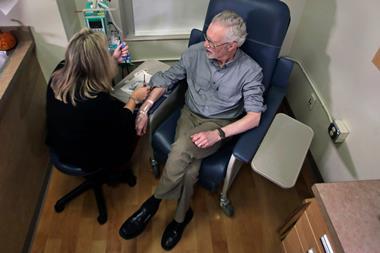
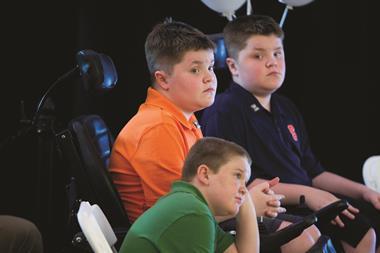





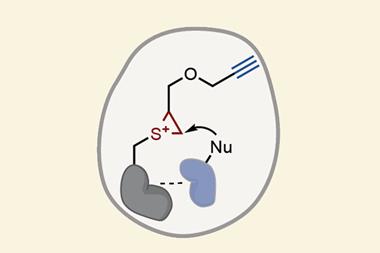
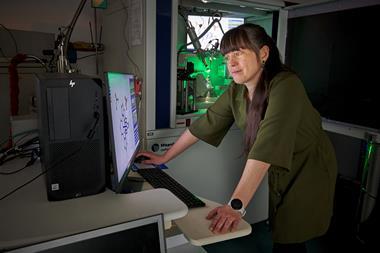


No comments yet